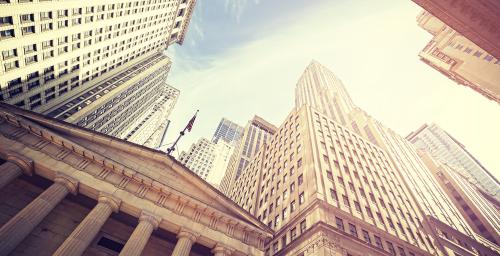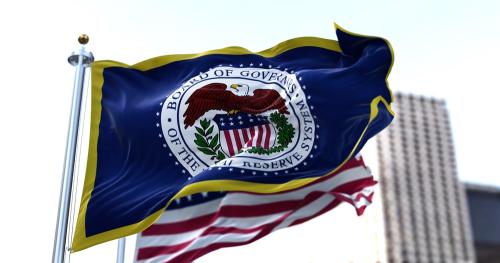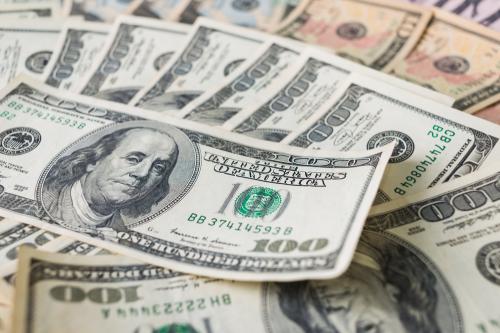Along with their criticism of the Fed’s quantitative easing (QE) programs, many critics have pointed to the ballooning of the Fed’s balance sheet as a harbinger of a surge in inflation.
The huge increase in the Fed’s total assets, for all Federal Reserve banks combined, is uncontested: from $2.9 trillion at year-end 2012 to more than $4 trillion at the end of 2013. Driven by the Fed’s latest QE initiative, the growth was split about evenly between an increase in Treasury securities and mortgage-backed securities issued or guaranteed by Fannie MaeFNMA +1.16% and Freddie MacFMCC +0.93%.
Ordinarily, such a large expansion in the Fed’s securities would be accompanied by an expansion in the money supply many times over (new money created to buy the securities, multiplied by an expansion of additional loans extended by the nation’s banks). But the post-crisis economy has been anything but normal.
Bank deposits (or reserves) held at the Fed rose between year-end 2012 and 2013 by about $750 billion, or almost three-fourths of the increase in securities holdings. Altogether, bank deposits at year-end 2013 totaled $2.5 trillion (up to $2.6 trillion as of mid-May), a vast sum that banks were choosing to hold at the Fed at a measly .025% rate of interest rather than earning substantially more by lending those funds out, but with higher risk.
Inflation hawks worry that the nation’s banks could suddenly change that calculus and start lending like mad, triggering a much higher rate of inflation. This worry places no faith in the Fed’s monetary policy committee members, or Federal Reserve Chairwoman Janet Yellen, to counteract a sudden sharp increase in lending that could lead to that result. The last qualifier is important: As I noted last week, even more lending–-which this economy needs to grow more rapidly–need not be inflationary as long as the labor market is weak.
Of course, investors could react more swiftly than the Fed, responding to any sudden increase in lending by pushing up longer-term interest rates, in which case the market would self-correct, even without Fed tightening. Inflation hawks, who have been worried from QE’s inception in late 2008 about a nonexistent uptick in inflation, should put away their worry beads.



Commentary
Op-edDoes the Fed’s Balance Sheet Matter?
May 20, 2014